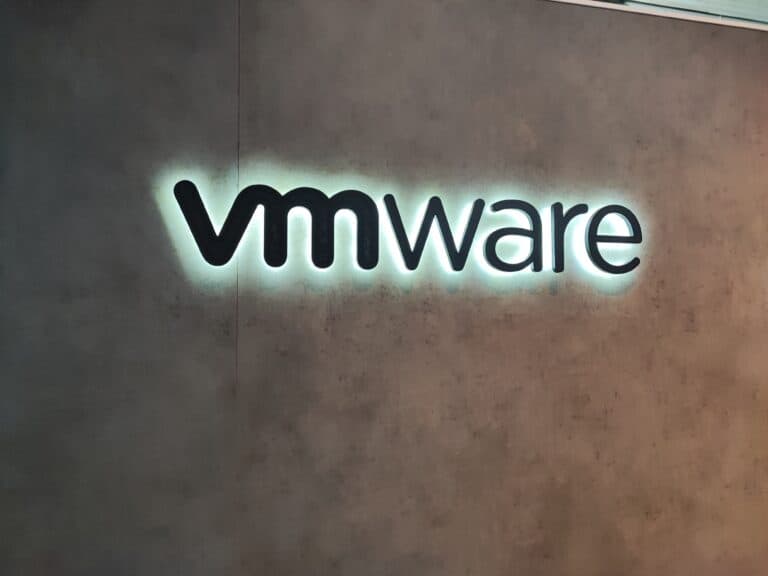VMware introduced two new versions of its existing virtualization solutions: vSphere+ and vSAN+. Both solutions aim to reduce the differences between cloud and on-premises environments. There are still some snags, however.
vSphere+ and vSAN+ are multi-cloud platforms that provide centralized management through the VMware Cloud Console. The new cloud-based console manages all VMware solutions and provides configuration, alerts, administration and security status for both cloud-based and on-premises infrastructure. It allows administrators to perform tasks like setting up vm’s in any vSphere cluster or existing vSAN datastore.
Hurdles to overcome
The introduction of vSphere+ and vSAN+ has some snags for existing customers. To make use of these new versions, customers must convert their existing licences to a subscription model. In other words: if you want to manage via the cloud with vSphere+ and vSAN+, you will have to pay a monthly fee.
Configuring your on-premises environments via the new cloud console is currently extremely limited compared to vCenter. Also, it’s only possible to create VMs via the cloud console; changing or moving VMs isn’t supported. For this, you have to use vCenter, which is already available to all customers. Currently, the only real benefit of the new cloud console is simplified updating and monitoring, which is easy to do with a good SIEM solution as well.
Ultimately, the added value of the cloud console is a starting point for what is to come. The configuration options will undoubtedly become much greater in the near future. In addition, VMware is working on additional services that can be linked to the console. There, too, lies added value.
Other functionality
vSphere+ and vSAN+ also improve lifecycle management through the cloud-based automated updating of components for on-premises infrastructure. This functionality helps with configuration, troubleshooting and security checks via the cloud. VMware says vSpehere+ and vSAN+ are easy to set up with no downtime. The solutions can run anywhere.
Access to other cloud services
Furthermore, both services have access to new cloud services that can be activated without having to modify existing applications or hardware. All functionality is provided on a subscription basis. The first service to become available in this context is VMware Cloud Disaster Recovery, a on-demand ransomware and disaster recovery service. Other services are in development.
Project Arctic
According to the tech giant, both solutions are the first tangible solutions of Project Artic, announced last October. This project aims to integrate more standard cloud connectivity into the VMware vSphere platform.
Tip: Broadcom wants VMware to transition to license subscriptions
